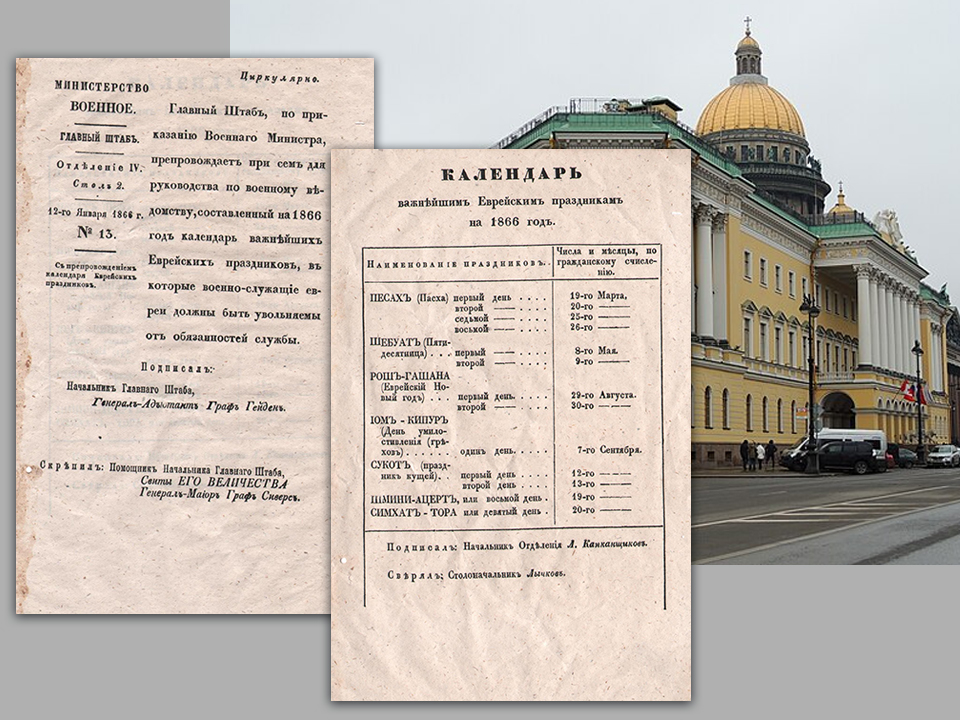"Knizhniki"
In 2025, the Moscow publishing house "Knizhniki" (together with the publishing house "M. Greenberg Library", Jerusalem) published the book by Meir Badkhen and Evgeny Levin "Jewish Professions and Professions of Jews" – an interesting study about what kind of work Jews performed inside their communities, what kind of work they were allowed to do outside them, and what kind of work was performed only by Jews. The study also looks into what the Jews used to become when breaking the boundaries of community life. This book is a publication of excellent quality, where the text is reinforced by illustrations provided by private collections, our Museum among them. Several dozen images in the book are of unique documents and objects from the Museum of Jewish History in Russia collection, and not all of them are available for viewing in the exhibition.
Unfortunately, some lapses occurred during the book's publication, which left several our exhibits without proper attribution. Taking this opportunity, we would like to correct this oversight and inform the readers of the objects belonging to our Museum:
- the hearse (p. 119);
- the tzedakah box (p. 122);
- the funeral bier (p. 124);
- Amshey Nurenberg. "The Tailor" (p. 175);
- the typewriter with Yiddish letters (p. 244).
Also, in the description of the drawing "The Tailor" on p. 175, the artist's surname is misspelled; the correct spelling is: Amshey Markovich NURENBERG.
Nevertheless, we warmly recommend this book to the reading public for its novel approach to discussing the subject of Jewish professions! From a shoemaker to a goldmine owner, from a soda maker to a member of a ritual burial society – the diversity of Jewish professions allows one to look at the history of Jews in the Russian Empire from a particularly wide angle.

















